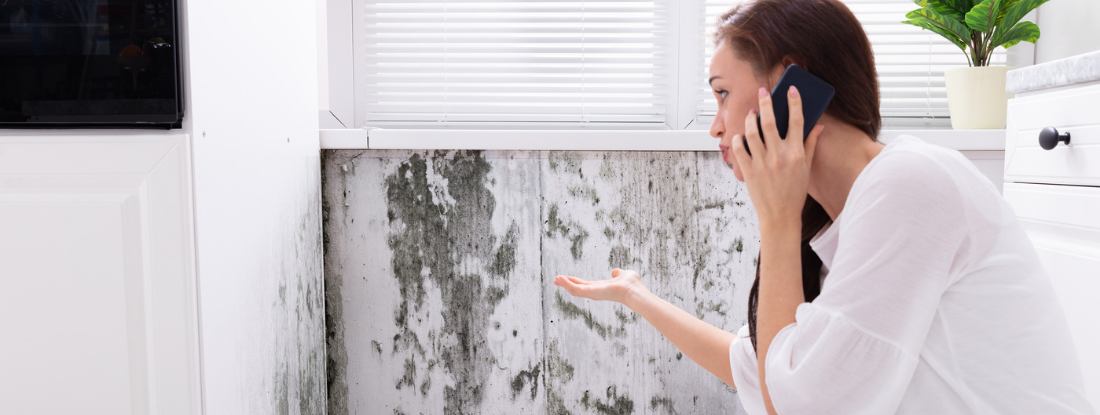Reliable Post Mold Remediation Cleaning Protocols
Reliable Post Mold Remediation Cleaning Protocols
Blog Article
Your Ultimate Overview to Article Mold Removal Methods
Browsing the world of post-mold removal techniques is a precise procedure that requires interest to information and a thorough understanding of the intricacies entailed. In the consequences of mold and mildew infestation, understanding exactly how to efficiently get rid of the mold and mildew and prevent its reoccurrence is extremely important for preserving a healthy and balanced interior environment. From selecting the ideal cleaning and decontaminating approaches to applying methods for lasting mold and mildew prevention, each action in the remediation trip plays a vital role in ensuring an effective end result. As we get started on this expedition of post-mold removal techniques, we will reveal the key approaches and best practices that can aid you recover your room to its pre-mold problem and safeguard it versus future mold dangers.
Recognizing Post-Mold Removal Process
After finishing the mold and mildew remediation procedure, it is vital to understand the post-mold remediation techniques that are essential to make certain a efficient and thorough cleaning. When the mold has actually been removed, the next step entails cleaning and decontaminating the influenced areas to prevent any kind of regrowth of mold.
In addition, conducting a last inspection post-remediation is vital to make sure that all mold has been efficiently eliminated. This evaluation needs to involve a complete aesthetic check in addition to possibly air tasting to confirm the lack of mold spores airborne. If the inspection reveals any kind of lingering mold and mildew, additional remediation might be needed. Enlightening residents on preventative actions such as managing moisture levels and without delay attending to any kind of water leaks can help preserve a mold-free environment.
Efficient Cleaning and Decontaminating Approaches

Protecting Against Future Mold And Mildew Growth

Relevance of Appropriate Ventilation
Correct air flow plays an essential function in protecting against wetness build-up, a key element in mold and mildew development within interior settings. Efficient air flow systems help eliminate excess humidity from the air, minimizing the chances of mold spores discovering the wetness they need to spread out and germinate. Without sufficient air flow, indoor areas can end up being a breeding ground for mold and mildew, causing potential health risks and structural damages.
By guaranteeing proper air circulation, ventilation systems can also assist in drying out wet locations quicker after water damages or flooding cases, further discouraging mold development. Post Remediation Inspection near me. Precede like bathrooms, cellars, attics, and cooking areas where wetness degrees tend to be higher, setting up and keeping efficient air flow systems is critical in stopping mold and mildew infestations

Surveillance and Maintenance Tips
Provided the critical role that proper ventilation plays in stopping mold growth, it is essential to establish efficient monitoring and maintenance tips to make certain the ongoing performance of air flow systems. Routine examinations of ventilation systems should be conducted to check for any indicators of obstructions, leakages, or breakdowns that can hinder proper air movement. Surveillance moisture levels within the residential property is likewise vital, as high moisture can add to mold development. Installing a hygrometer can help track humidity levels and alert property owners to any type of spikes that might need focus. Additionally, making certain that air filters are on a regular basis cleansed or changed is necessary for keeping the performance of the ventilation system. Implementing a routine for regular Get More Information maintenance tasks, such as air duct cleansing and HVAC system examinations, can help prevent problems before they intensify. By staying proactive and alert to the problem of air flow systems, homeowner can efficiently reduce the threat of mold and mildew regrowth and maintain a healthy indoor environment.
Final Thought
Finally, post-mold remediation techniques are crucial for making sure a risk-free and tidy atmosphere. Understanding the procedure, implementing efficient cleansing and decontaminating methods, avoiding future mold and mildew development, keeping appropriate air flow, and normal surveillance are all important actions in the remediation process. By complying with these standards, you can successfully eliminate mold and prevent its return, promoting a healthy and balanced living or working space for all owners.
In the results of mold problem, knowing exactly how browse around this web-site to successfully eliminate the mold and prevent its reoccurrence is vital for maintaining a healthy and balanced interior setting. As soon as the mold has actually been gotten rid of, the following action entails cleansing and decontaminating the affected areas to protect against any type of regrowth of mold and mildew - testing air quality after mold remediation. After removing visible mold development, it is vital to cleanse all surface areas in the damaged area to get rid of any type of remaining mold spores. To better enhance mold prevention measures, it is necessary to deal with underlying concerns that initially led to mold growth.Provided the crucial function that appropriate ventilation plays in preventing mold development, it is imperative to develop effective surveillance and maintenance ideas to ensure the continued functionality of ventilation systems
Report this page